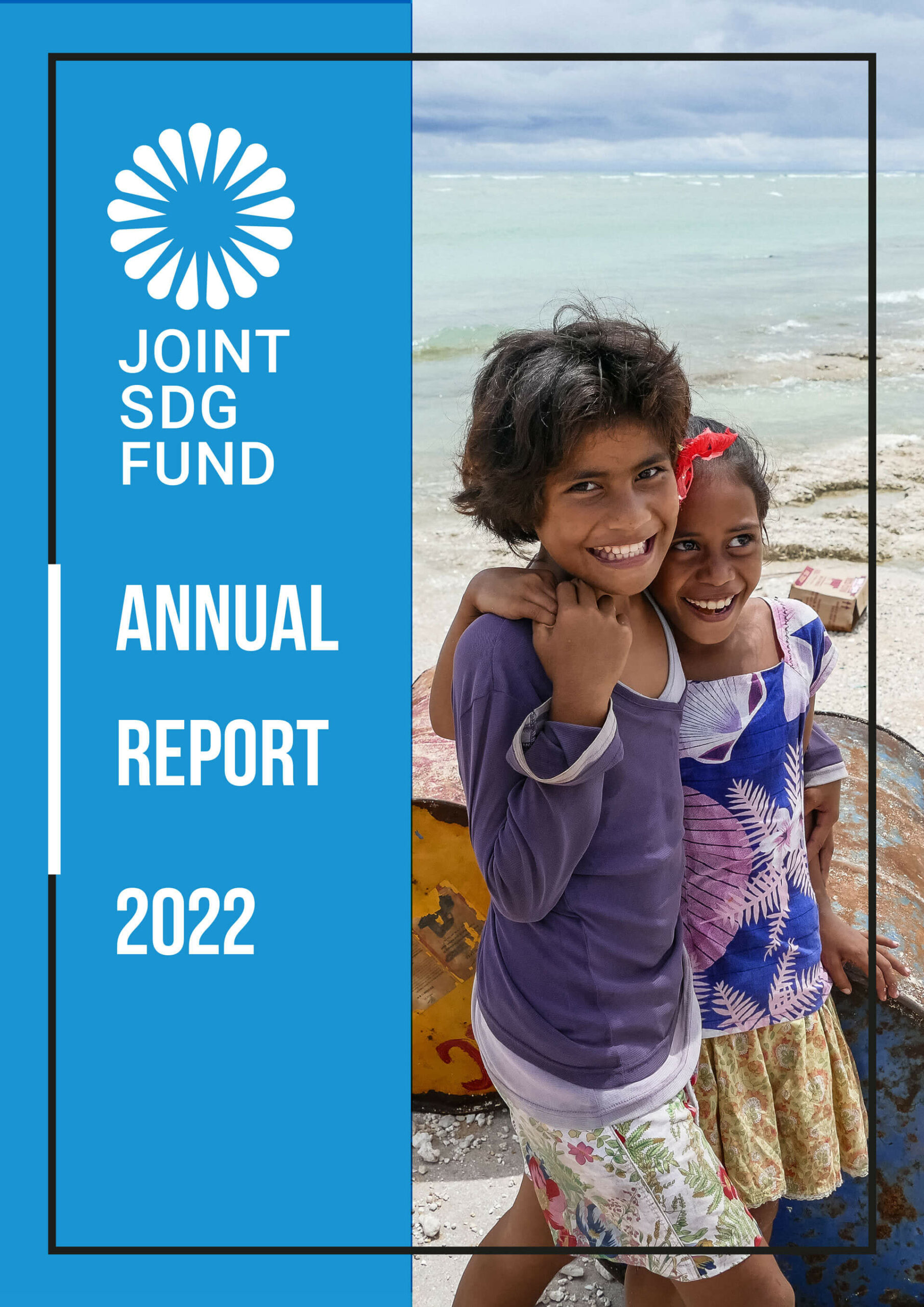
Goal 1 No poverty
End poverty in all its forms everywhere
Eradicating poverty in all its forms remains one of the greatest challenges facing humanity. While the number of people living in extreme poverty has dropped by more than half – from 1.9 billion in 1990, to 836 million in 2015 – too many people are still struggling to meet the most basic human needs.
Globally, more than 800 million people are still living on less than $1.25 a day; many lack access to adequate food, clean drinking water and sanitation. Rapid economic growth in countries like China and India has lifted millions out of poverty, but progress has been uneven. Women are disproportionately affected; they are more likely to live in poverty due to unequal access to paid work, education and property.
Progress has also been limited in other regions, such as South Asia and sub-Saharan Africa, which account for 80 percent of the people living in extreme poverty. This rate is expected to rise due to new threats brought on by climate change, conflict and food insecurity.
The Sustainable Development Goals (SDGs) are a bold commitment to finish what we started, and end poverty in all forms and dimensions by 2030. In order to achieve the SDGs, we must target those living in vulnerable situations, increasing access to basic resources and services, and support communities affected by conflict and climate-related disasters.
Ending poverty is one of 17 Global Goals that make up the 2030 Agenda for Sustainable Development. An integrated approach is crucial for progress across multiple goals.
Learn more about the targets for Goal 1.
- According to the most recent estimates, in 2015, 10 percent of the world’s population or 734 million people lived on less than $1.90 a day.
- Southern Asia and sub-Saharan Africa are expected to see the largest increases in extreme poverty, with an additional 32 million and 26 million people, respectively, living below the international poverty line as a result of the pandemic.
- The share of the world’s workers living in extreme poverty fell by half over the last decade: from 14.3 per cent in 2010 to 7.1 per cent in 2019.
- Even before COVID-19, baseline projections suggested that 6 per cent of the global population would still be living in extreme poverty in 2030, missing the target of ending poverty. The fallout from the pandemic threatens to push over 70 million people into extreme poverty.
- One out of five children live in extreme poverty, and the negative effects of poverty and deprivation in the early years have ramifications that can last a lifetime.
- In 2016, 55 per cent of the world’s population – about 4 billion people – did not benefit from any form of social protection
- By 2030, eradicate extreme poverty for all people everywhere, currently measured as people living on less than $1.25 a day
- By 2030, reduce at least by half the proportion of men, women and children of all ages living in poverty in all its dimensions according to national definitions
- Implement nationally appropriate social protection systems and measures for all, including floors, and by 2030 achieve substantial coverage of the poor and the vulnerable
- By 2030, ensure that all men and women, in particular the poor and the vulnerable, have equal rights to economic resources, as well as access to basic services, ownership and control over land and other forms of property, inheritance, natural resources, appropriate new technology and financial services, including microfinance
- By 2030, build the resilience of the poor and those in vulnerable situations and reduce their exposure and vulnerability to climate-related extreme events and other economic, social and environmental shocks and disasters
- Ensure significant mobilization of resources from a variety of sources, including through enhanced development cooperation, in order to provide adequate and predictable means for developing countries, in particular least developed countries, to implement programmes and policies to end poverty in all its dimensions
- Create sound policy frameworks at the national, regional and international levels, based on pro-poor and gender-sensitive development strategies, to support accelerated investment in poverty eradication actions



















